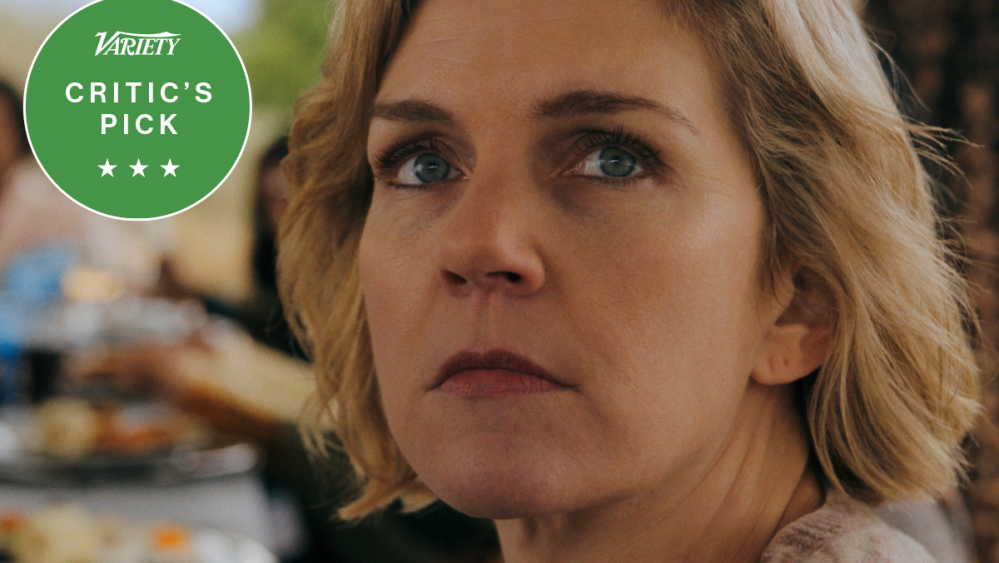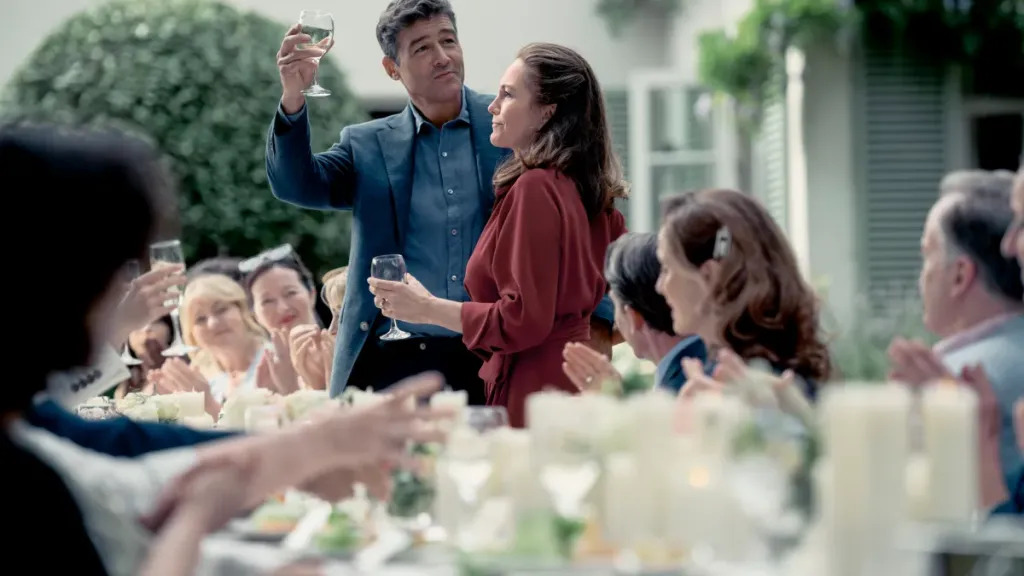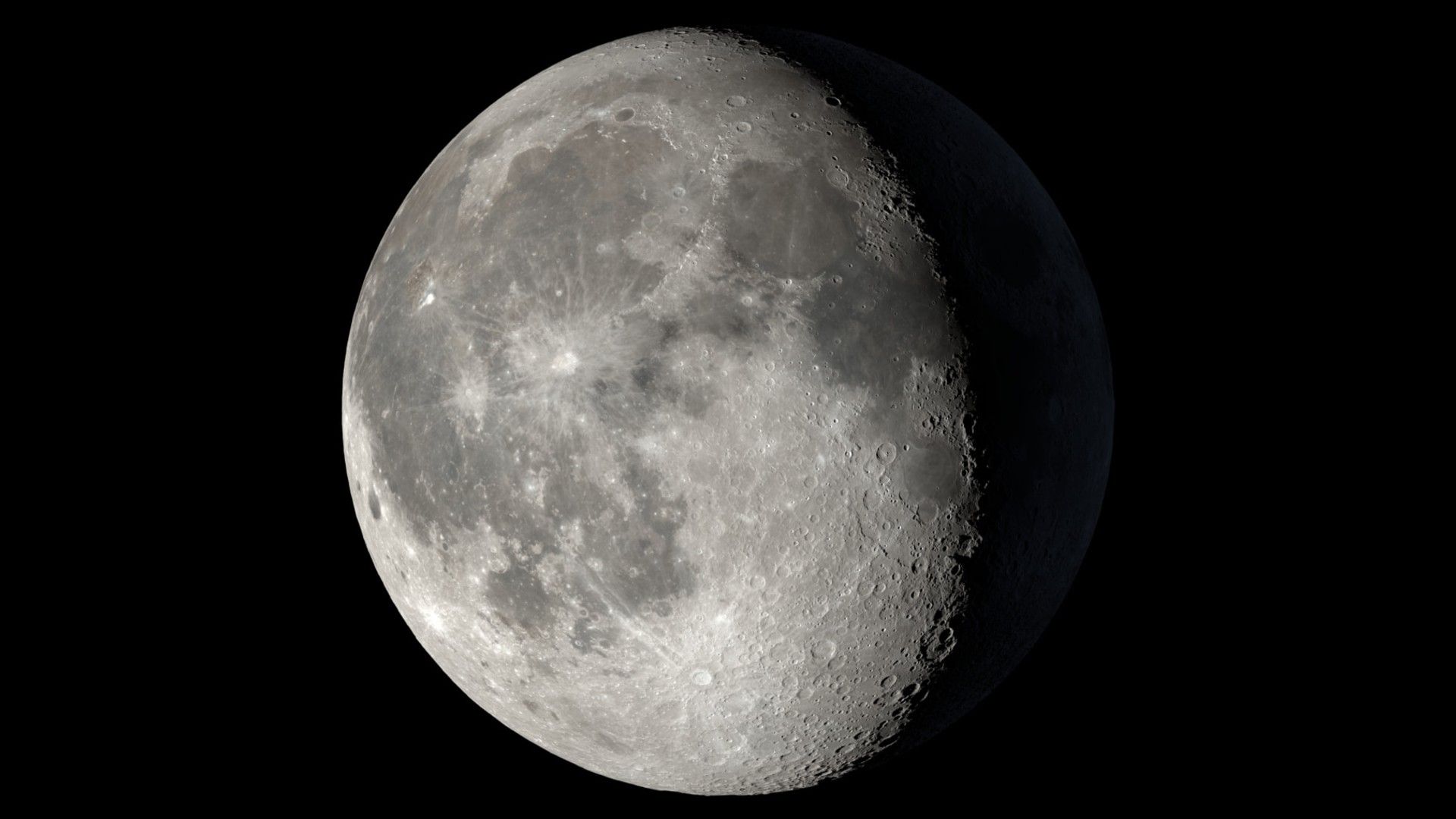Copyright Forbes

There’s a moment every autumn when the first beauty advent calendars appear, and something flickers in even the most pragmatic shopper. Perhaps it’s nostalgia dressed up as self-care; perhaps it’s the lure of value dressed as virtue. Either way, the annual question persists: are these calendars truly worth it, or are they simply the most beautiful embodiment of our willingness to buy into the promise of daily delight? An Everyday Micro-Dose of Excitement The answer, as ever, depends on what kind of worth you’re measuring. Financially, the numbers are seductive. A calendar costing £250 or £300 can contain products worth four times as much on paper. But “worth” in 2025 has broadened. We no longer calculate it only in savings, but in how a purchase makes us feel, the micro-dose of excitement, the reward of opening something just for ourselves. In a world of relentless routines and subdued luxuries, the beauty advent calendar has become a socially acceptable form of self-gifting: an act of affirmation wrapped in tissue paper and gold foil. Psychologists call this the “scheduled treat” effect, the idea that a guaranteed moment of surprise can balance uncertainty elsewhere. It’s part dopamine, part discipline. That’s why these calendars have thrived long after their novelty should have faded. What began as a clever retail twist on a children’s tradition has matured into a multi-million-pound category. It allows grown-ups to reclaim the countdown and, perhaps, a little of their control. This year’s selections capture the full spectrum of that impulse, from heritage indulgence to contemporary discovery. Liberty: Heritage Wrapped in Modern Desire Liberty’s Beauty Advent Calendar remains the original and, arguably, the greatest. The retailer celebrates its 150th anniversary in 2025, its a remarkable milestone for a department store that has never really behaved like one. Liberty has always sold romance as much as retail: a Tudor-revival building that feels like an artist’s home, a brand with an archive of 65,000 prints and a philosophy rooted in craftsmanship. Its chief executive, Adil Khan, has described Liberty as “a retailer, a brand, an artistic movement and a monument,” and this year’s calendar embodies that blend of commerce and creativity. Thirty products, twenty full-size, and a combined value of £1,245 make it both a collector’s item and a celebration of the store’s heritage. For Liberty’s loyalists, the draw isn’t just the savings but the symbolism: 25 drawers of curated British taste, illustrated by Clym Evernden and dressed in the house’s own Ianthe print. Space NK: Curation as Currency Where Liberty leans into legacy, Space NK represents the energy of modern beauty retailing. Long known for its tightly edited brand mix, the retailer has been expanding aggressively, strengthening its foothold in the US and evolving into a true beauty powerhouse. Its 2025 advent calendar mirrors that ambition. At £260, it’s packed with high-demand names: Tatcha, Lisa Eldridge, K18, La Mer and more full-size heroes than ever before. Space NK’s offer is about authority and curation: the sense that you are buying from an expert, not a marketer. It’s also about access. A limited-run calendar with a waitlist and a prize draw for shopping vouchers turns a seasonal product into an event. For consumers, the value lies as much in participation as in the products. Dior: The Theatre of Worth At the luxury end, Dior’s “Le 30 Montaigne” calendar continues to trade on spectacle. Inspired by the brand’s historic Paris boutique and illustrated by artist Pietro Ruffo, it opens like a stage set with a miniature Cirque des Rêves beneath a Dior star. The twenty-four miniatures inside are less about volume, more about theatre: perfume vials, a candle, icons of the house. With a price tag of €650, this is not a calendar that needs to prove its arithmetic. It offers a fantasy of Parisian ritual and heritage at a time when the Dior Group, buoyed by a €39.8 billion half-year revenue, can afford to dream in gold. Here, “worth” becomes experiential. For the Dior devotee, unwrapping the brand’s mythology day by day is the true indulgence. Augustinus Bader: Science Meets Self-Care Augustinus Bader, meanwhile, brings science to the season. Its “12 Days of Bader” edition strips the concept back: fewer doors, higher stakes. The brand’s collaboration with Dua Lipa this year has extended its reach to a younger audience, but the essence remains clinical and transformative. Each product is powered by the brand’s TFC8 complex, born from stem-cell research. At over €600, it’s arguably less about surprise and more about ritual: a limited-edition framework for disciplined self-care. In psychological terms, this is structured control, order and regeneration packaged as reward. Arran Sense of Scotland: The Authentic Alternative At the other end of the price spectrum, Arran Sense of Scotland offers a more grounded alternative. Priced at £85, the calendar is handmade on the Isle of Arran, using mineral-rich island water. Founded in 1989 by Janet Russell, the brand has stayed close to its roots, producing fragrance and bath products with local hands and sustainable ethos. Its presence in the advent conversation reminds us that indulgence doesn’t have to be imported or unattainable, it can be quietly authentic. For some consumers, that alignment of value, provenance and purpose is the most persuasive form of worth. So, are beauty advent calendars still worth it? Financially, the answer is mixed. Few buyers will use every item, and the “value” is sometimes more theoretical than practical. Yet, emotionally and culturally, they have rarely been more resonant. In a climate where consumers are increasingly cautious but still crave optimism, these calendars offer a manageable form of luxury and a way to invest in the self without the guilt of excess. They are the acceptable splurge; the gift you can justify because it arrives in instalments. Perhaps that’s their genius. They turn consumption into an experience, and anticipation into the product itself. The modern beauty advent calendar may have started as a marketing masterstroke, but two decades in, it has become something subtler: a mirror of how we now measure reward, time, and value. And as long as consumers continue to look for a little daily joy, in skincare, in scent, in surprise, their worth might just endure.



